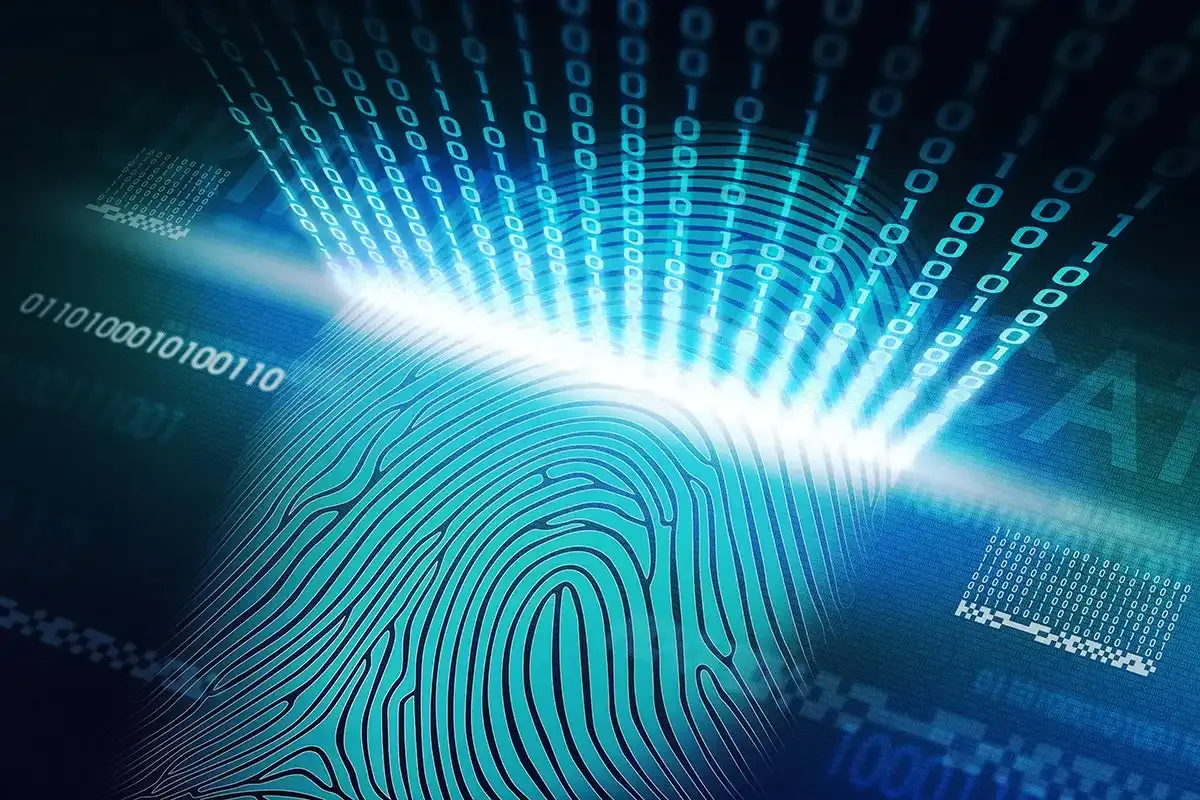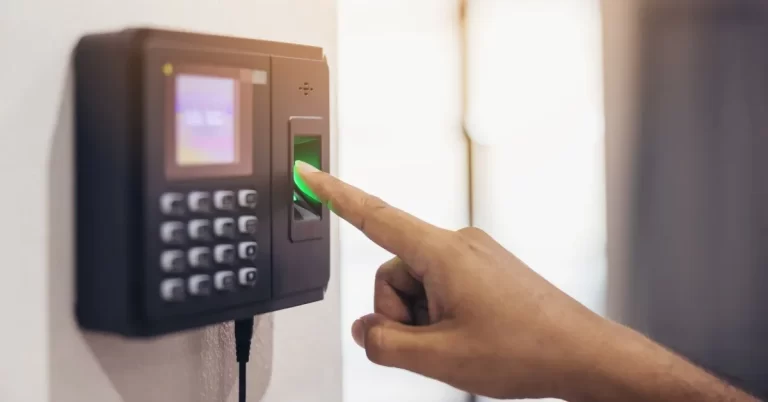What Are the 2 Types of Biometric Security?
Discover the two fundamental types of biometric security in this comprehensive guide. Learn about their applications, benefits, and how they enhance security measures.
In today’s fast-paced world, security is a paramount concern for individuals and organizations alike. Traditional methods of security, like passwords and PINs, are no longer sufficient to protect sensitive information.
This is where biometric security steps in, offering a higher level of protection by using unique biological characteristics for authentication.
In this article, we will delve deep into the two primary types of biometric security, exploring their applications, advantages, and much more.

What Are the 2 Types of Biometric Security?
Biometric security leverages distinctive physical or behavioral traits to confirm an individual’s identity.
It provides a more secure and convenient way of access control. Here, we’ll discuss the two main categories of biometric security that have revolutionized the way we safeguard our information.
Types of Biometric Security
Here are the two major types
1. Fingerprint Recognition
Fingerprint recognition is one of the oldest and most widely used biometric security methods. This technology analyzes the unique patterns of ridges and valleys on an individual’s fingertips. Here’s why it’s so effective:
Accuracy: Fingerprint recognition is incredibly accurate, with a very low error rate.
Convenience: It’s user-friendly, requiring a simple touch to authenticate.
Versatility: This technology can be integrated into various devices, from smartphones to security systems.
2. Facial Recognition
Facial recognition is gaining popularity rapidly due to its convenience and speed.
It identifies individuals by analyzing their facial features, such as the distance between their eyes, nose shape, and more. Let’s explore its benefits:
Speed: Facial recognition is exceptionally fast, making it ideal for high-traffic areas.
Non-Invasive: Unlike fingerprint or iris scans, facial recognition is non-invasive.
Security: It’s difficult to fool facial recognition systems, enhancing security.
Applications of Biometric Security
Biometric security has diverse applications across different sectors:
1. Government and Law Enforcement
Government agencies and law enforcement use biometric security for identification and criminal investigations. It helps in identifying suspects quickly and accurately.
2. Banking and Finance
The banking industry employs biometric security to protect customer accounts and sensitive financial data. This ensures secure online banking and ATM transactions.
3. Healthcare
In healthcare, biometric security is used to safeguard patient records and control access to restricted areas like medical laboratories.
4. Smartphone and Device Security
Fingerprint and facial recognition are commonly found in smartphones, providing secure access and protecting personal data.
Advantages of Biometric Security

Now, let’s take a closer look at the advantages of using biometric security:
1. Enhanced Security: Biometric data is unique to each individual, making it extremely difficult for unauthorized access.
2. Convenience: Biometric authentication methods are easy to use and don’t require memorizing passwords or PINs.
3. Reduced Fraud: It minimizes the risk of fraud as biometric data is challenging to replicate.
4. Speed: Authentication using biometrics is quick, saving time for users.
Conclusion
In conclusion, biometric security has emerged as a robust and reliable means of authentication and access control.
Fingerprint recognition and facial recognition are the two primary types, each offering its own set of advantages.
As technology continues to advance, we can expect even more innovative applications of biometric security, further enhancing our safety and security in an increasingly digital world.
READ ALSO!!!



